Landscape photographers, these are lenses and accessories that will help you capture your best images yet while on a budget.
Can you believe Summer is already drawing to a close?
Pretty soon, the sun will set earlier, and the landscapes around us will undergo a beautiful transformation.
It’s this time of year that excites me more than any other simply due to how gorgeous the world becomes. Trees are filled with vibrant colors, sunsets and sunrises take on another life, and of course, the lower temperature make it a joy to be outside.
If you want to capture the beauty of Fall though, you need to have the right gear.
After the break, we will take a quick look at some lenses and accessories that will help all landscape photographers create their best landscape images yet.
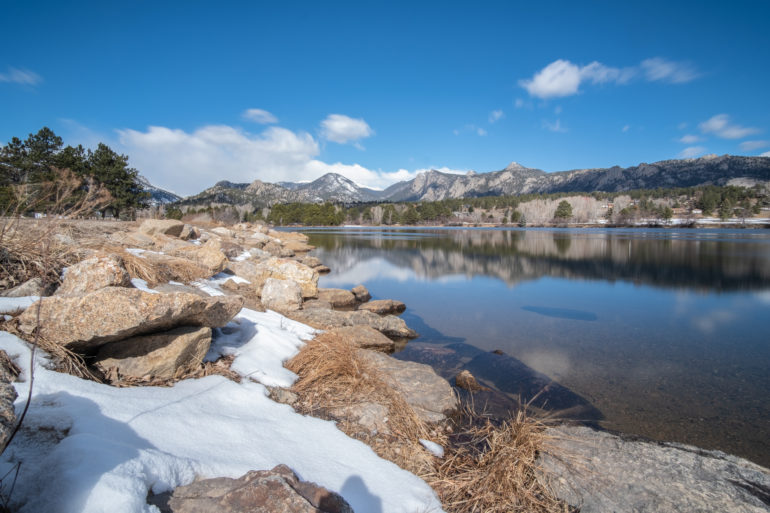 Captured with the Rokinon 12mm f2 and the Fujifilm X-T3
Captured with the Rokinon 12mm f2 and the Fujifilm X-T3We have said it a thousand times, and we will say it a thousand more; you don’t have to spend a fortune to acquire quality lenses and accessories. There are plenty of lenses, bags, tripods, and filter systems that can do a top job for low prices. For landscape photographers, the choices are vast when it comes to these items. Here, we have rounded up eight of our favorite affordable items that will help you excel at this genre.
Rokinon 12mm f2

Here are the pros and cons from our full review:
Pros
Great colors
Small build
Lightweight
Nice aperture clicks
Sharp
Cons
There are lenses with better bokeh for sure
IRIX 15mm f2.4 FireFly
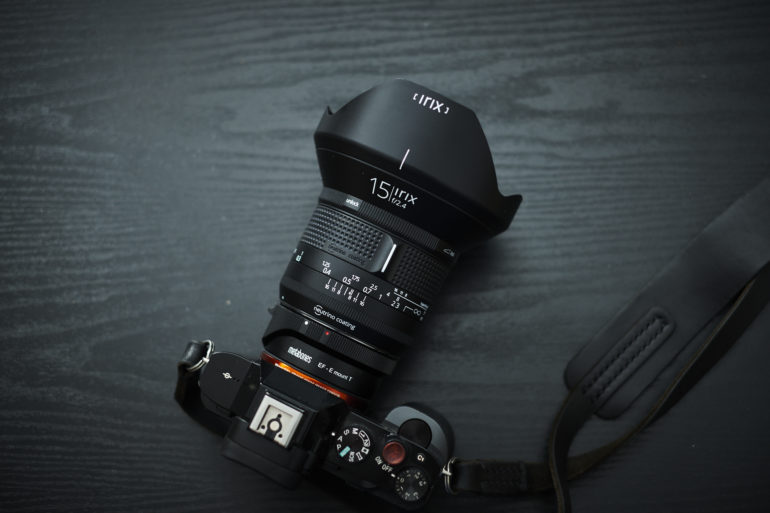
Here are the pros and cons from our full review:
Pros
Weather sealing
Fairly lightweight
Accurate focusing depth of field markers
Sharp optics
Innovative features like the ability to lock the focus with a separate ring
Cons
Focusing communication with a Sony FE camera via a Metabones adapter wasn’t the absolute best
Sigma 14-24mm f2.8 DG DN ART
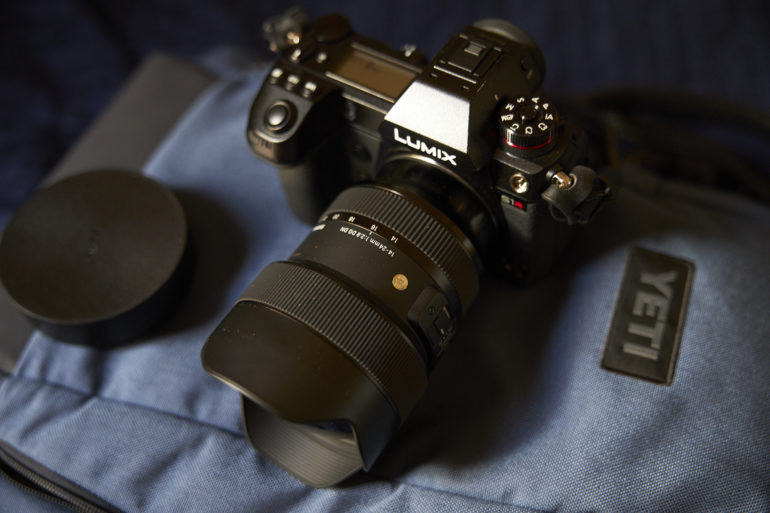
Here are the pros and cons from our full review:
Pros
Weather sealed
Fast to focus
Sharp image quality: some of the best we’ve seen in a wide-angle zoom actually
Solid build quality
Cons
Sigma proves to us that they still have yet to figure out how to make a small zoom lens for mirrorless cameras
It’s big
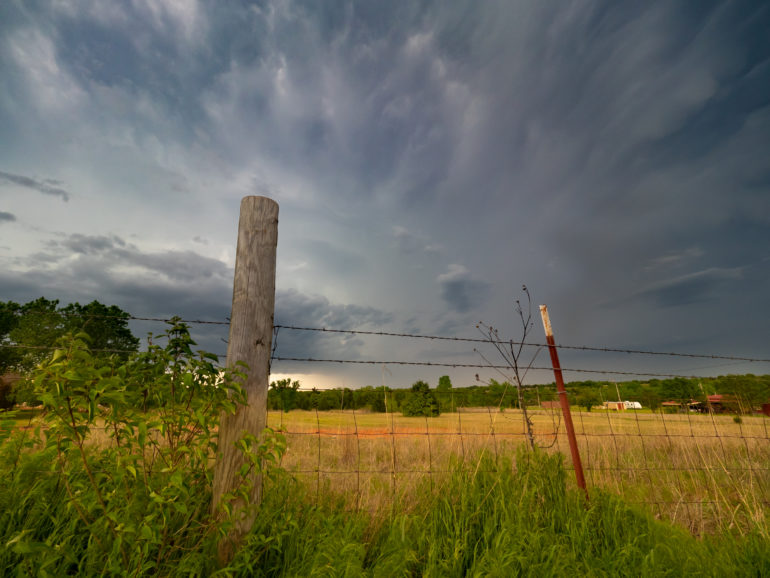
Pro Tip: Landscape photography may look easy, but a fair amount of skill and patience is required to get the perfect shot.
You need to be able to find the perfect composition, wait for the right light, shoot manual so that your exposure is perfect, and you have to know how to edit the image to make it look its best.
If you’re new to landscape photography, and you want to learn all the ins and outs of the genre, this guide will walk you through every step of the process and help you create images that stun viewers. The best part is it’s only $29—what a bargain.
Tamron SP 15-30mm f2.8 Di VC USD G2

Here are the pros and cons from our full review:
Pros
Fast maximum aperture of f2.8
Durable construction
Ultra-wide focal length range suitable for everything from architecture, real estate, landscape, street, and travel photography
Includes vibration compensation, Tamron’s name for their optical stabilization tech
Moisture-resistant construction
Canon version includes an integrated filter holder on the lens mount side
Cons
Considerably heavy
Chunky in size
Noticeable distortion (although correctible during post)
Traditional filters aren’t supported, the front of the lens lacks filter threads and the front element is also convex and protrudes significantly
Haida Red-Diamond 10 Stop ND 100x100mm Filter
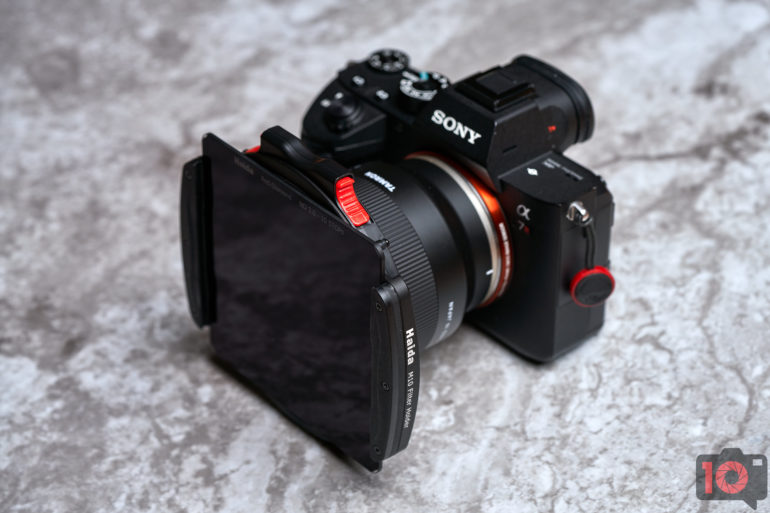
Here are the pros and cons from our full review:
Pros
Cuts down a lot of light, making daytime long exposure photography possible
No discernible color cast
Industry standard filter size – can be used with most filter holders on the market
Nano-coating on both sides keeps the filter waterproofs and minimizes reflections and scratches.
Cons
Honestly none with the filter itself: the storage case could be more robust though (it scuffs pretty easily)
Breakthrough X4 Circular Polarizer
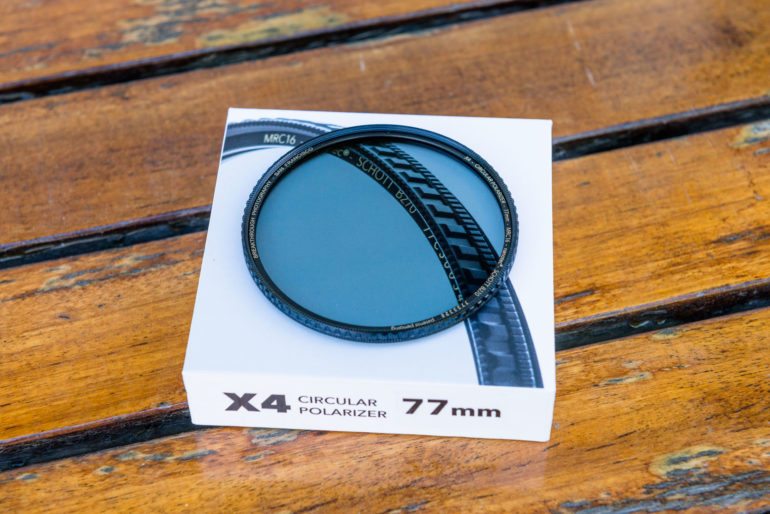
Here are the pros and cons from our full review:
Pros
High build quality
Nano Coating for dust resistance, water repellency, and therefore ease of cleaning
Weather resistance, said to be designed specifically to resist salt water
25 year guarantee
Greater light transmission is beneficial for stopping motion (in sports or wildlife photography, for example)
Cons
Difficult to remove
Greater light transmission is detrimental for blurring motion
 Captured by Paul Ip while using the Haida Red-Diamond 10 stop ND filter
Captured by Paul Ip while using the Haida Red-Diamond 10 stop ND filterPro Tip: The lenses listed here are great, but not all of them are weather sealed. If you would like to take these lenses out when the weather gets rough, we highly recommend this affordable yet incredibly protective weatherproof camera and lens cover. Slip one of these over your gear and you will be good to go. They are a must-have for all landscape photographers.
Promaster Jasper Halfpack
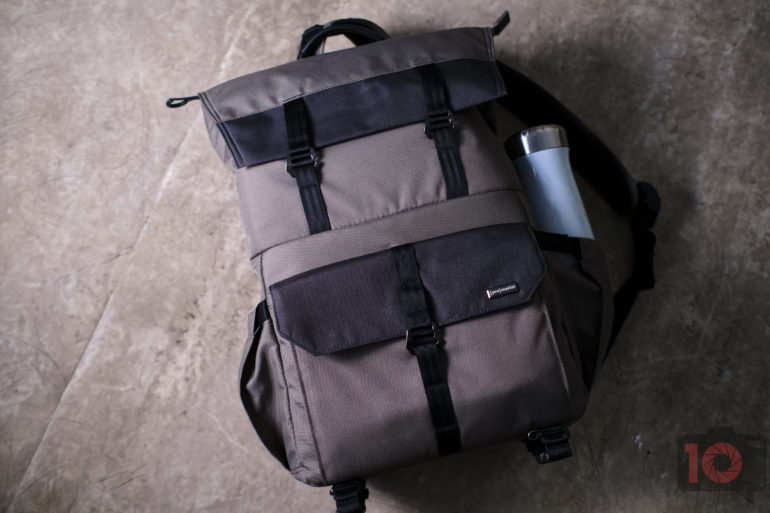
Here are the pros and cons from our full review:
Pros
Very comfortable
Durable feeling
The laptop section is towards the front of the bag, and so it’s better on your back
Lots of pockets
Good gear padding
Tripod straps on the bottom
Holds a lot of gear
Cons
Access to your equipment only through the back
No waist straps or chest strap
Not a roll-top
Vanguard VEO2 235CB Tripod

Here are the pros and cons from our full review:
Pros
Solid build quality
The rubber sections for the legs feel really good
If you’re on the sand, they will keep dust and dirt from getting into the legs
Pretty much all the versatility that most photographers will need providing they adjust carefully
Lightweight
Fits onto the side of most backpacks
Cons
We wish there was a hook at the bottom to weigh the tripod down




